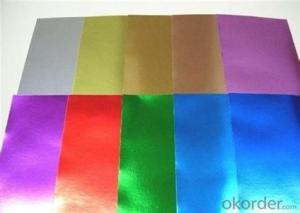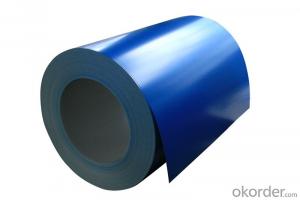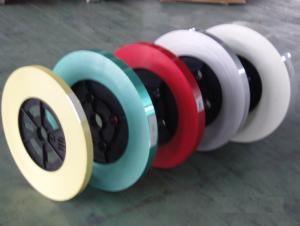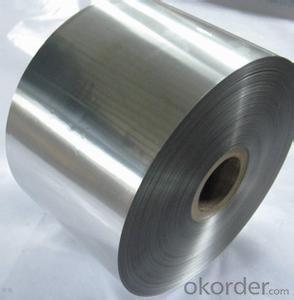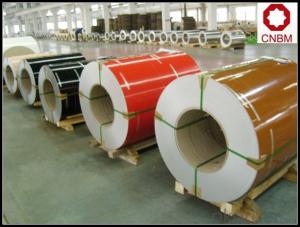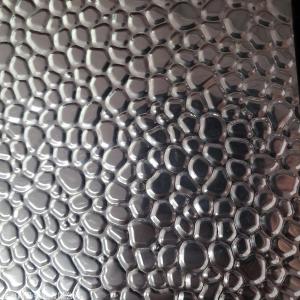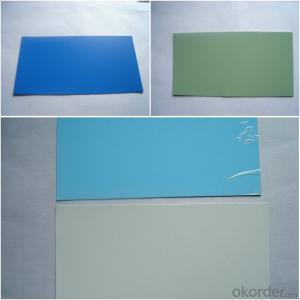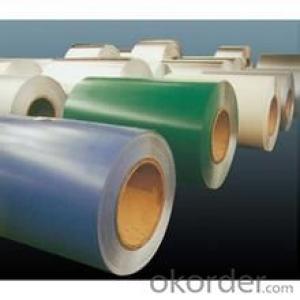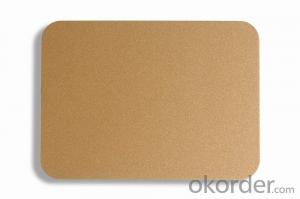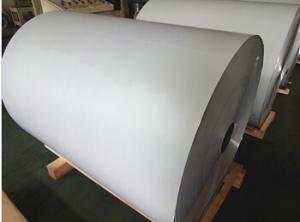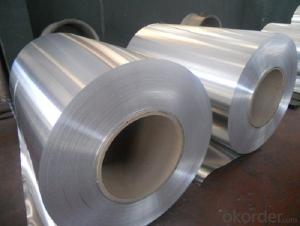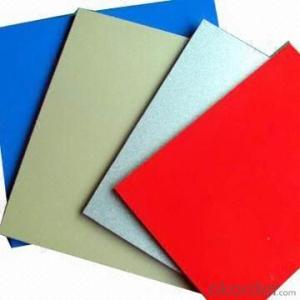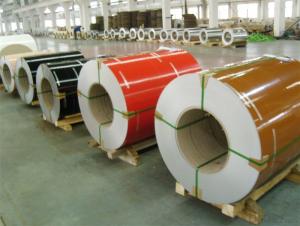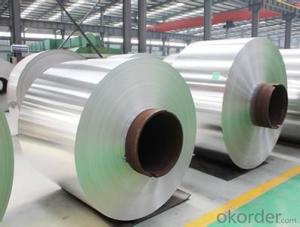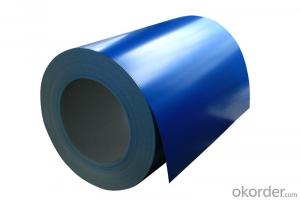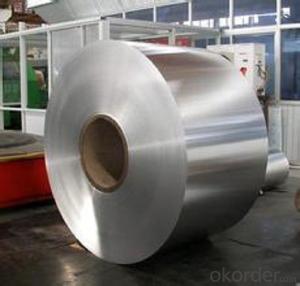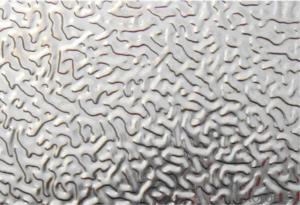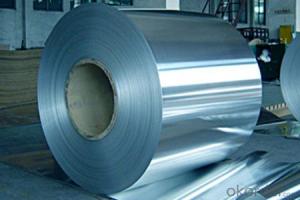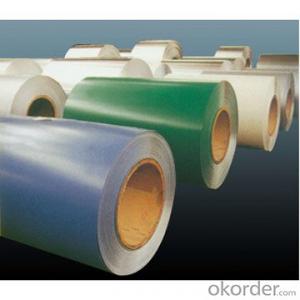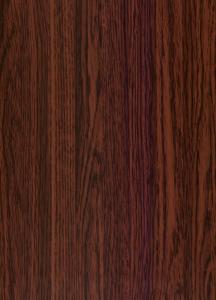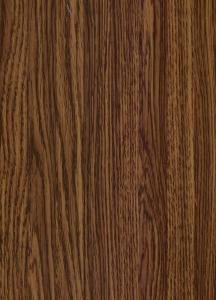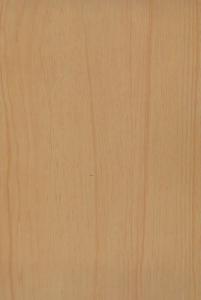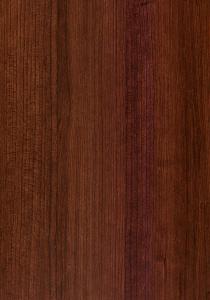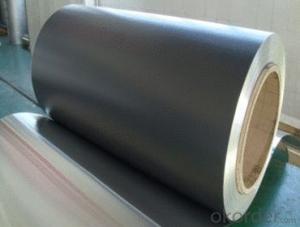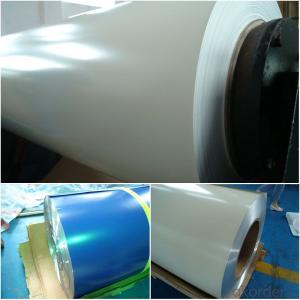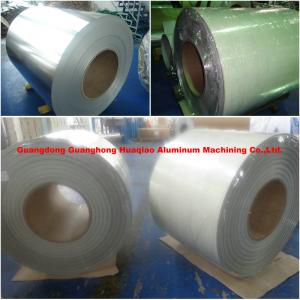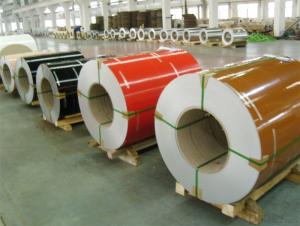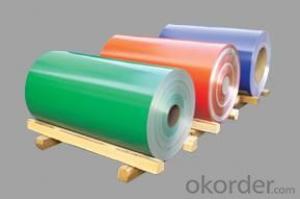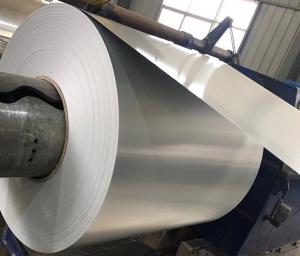Pvc Coated Aluminum Coil
Pvc Coated Aluminum Coil Related Searches
Pvc Aluminum Coil Pvc Coated Aluminum Trim Coil Pvc Aluminum Trim Coil Pvc Coated Aluminum Coil Stock Vinyl Coated Aluminum Coil Powder Coated Aluminum Coil Color Coated Aluminum Coil Polished Aluminum Coil Colored Aluminum Coil Coated Aluminum Coil Pe Pvc Aluminum Foil Copper Colored Aluminum Coil Anodized Aluminum Coil Copper Aluminum Coil Buy Coated Aluminum Coil Textured Aluminum Coil Coil Coated Aluminum Aluminum Ac Coil Prepainted Aluminum Coil Alside Pvc Aluminum Trim Coil Aluminum Copper Coil Coating Aluminum Coil Pe Vinyl Coated Aluminum Trim Coil China Color Coated Aluminum Coil Aluminum Alloy Coil Aluminum Wire Coil Embossed Aluminum Coil Brushed Aluminum Coil Coil Coating Aluminum Aluminum Coil PipePvc Coated Aluminum Coil Supplier & Manufacturer from China
PVC Coated Aluminum Coil is a composite material that combines the properties of aluminum and PVC, resulting in a versatile and durable product. This material offers excellent corrosion resistance, weatherability, and UV protection, making it suitable for various applications. The PVC coating on the aluminum coil enhances its appearance and provides additional protection against environmental factors.PVC Coated Aluminum Coil is widely used in construction, automotive, and signage industries due to its strength, lightweight, and aesthetic appeal. It is commonly utilized in the manufacturing of exterior cladding, facades, and roofing systems, as well as in the production of vehicle parts and advertising boards. The product's ability to withstand harsh weather conditions and maintain its appearance over time makes it an ideal choice for both commercial and residential projects.
Okorder.com is a leading wholesale supplier of PVC Coated Aluminum Coil, boasting a large inventory of this high-quality material. With a commitment to providing excellent customer service and competitive pricing, Okorder.com ensures that customers can access the PVC Coated Aluminum Coil they need for their projects with ease and efficiency.
Hot Products

